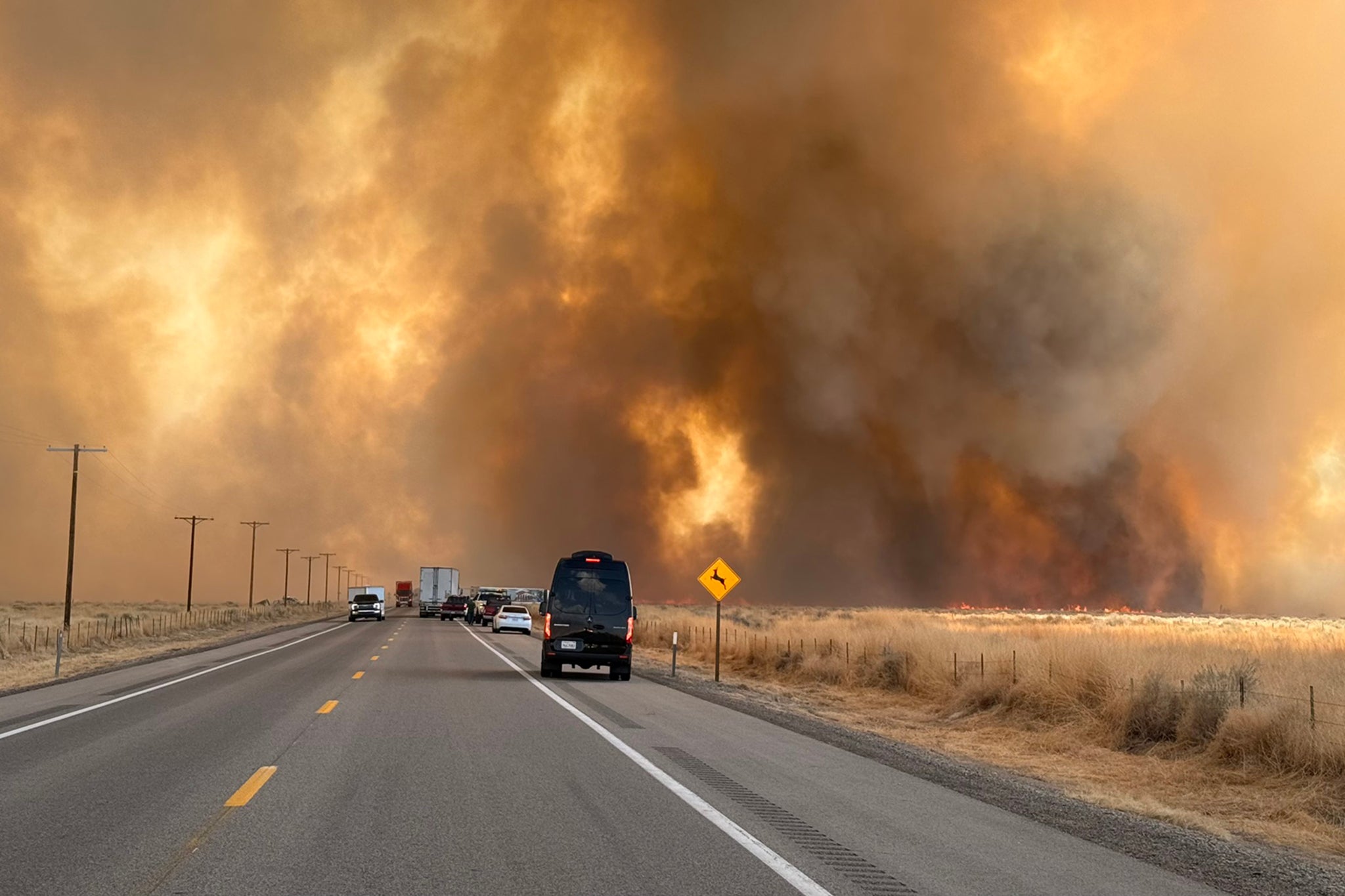A 4C rise in global temperatures could wipe out 40 per cent of the world’s economic output by the end of the century, according to a new peer-reviewed study that dramatically revises earlier estimates.
The global economy is far more exposed to climate breakdown than previously thought, the study from the University of New South Wales concludes, making the case that rapid decarbonisation is not only an environmental imperative but an economic necessity as well.
Previous modelling estimated global GDP losses at around 11 per cent under 4C of warming. The new figure – nearly four times higher – stems from correcting what the researchers call a key blind spot that has long shaped international climate policy.
Most models used to inform global climate policy look only at the direct impact of local weather patterns on a country’s productivity. But they ignore the crucial fact that modern economies are tightly connected through trade, supply chains, financial systems.
The Australian researchers say the new study incorporates these global linkages and finds that climate damages in one part of the world can set off chain reactions elsewhere.
“In a hotter future, we can expect cascading supply chain disruptions triggered by extreme weather events worldwide,” lead author of the study, Timothy Neal, senior lecturer at the School of Economics and the Institute for Climate Risk & Response, explained. “These systems that currently buffer economic shocks will become vulnerabilities.”
This oversight in older models, Dr Neal added, led some policymakers to believe that even severe climate change would not dramatically harm the economy – a view that shaped carbon pricing and emissions targets worldwide.
But the new study shows that no nation is insulated from loss, even those previously assumed to benefit from warming, like colder or resource-rich places.
“There’s an assumption that some colder countries will do better,” he said, “but supply chain dependencies mean no country is immune.”

The new estimate of a 40 per cent drop in global GDP is based on a high emissions scenario in which current pledges fail and fossil fuel use continues to grow. Though a full 4C of warming by 2100 is still avoidable, the world is on track for a 2.5-2.9C rise if existing climate pledges are implemented in full, according to the UN Environment Programme. In the absence of stronger policies, higher-end warming remains a real risk.
The study also re-calibrates what economists consider a “safe” level of warming. While older models supported targets of up to 2.7C, the updated model sees economic damages accelerate sharply beyond a 1.7C rise, making a strong case for deeper emissions cuts in line with the Paris Agreement’s most ambitious goal.
The study doesn’t yet include future adaptation strategies like climate-resilient infrastructure or managed migration, which remain difficult to model, but that does not weaken the urgency. “We continue learning from how we see climate change impacting our economy right now, from rising food prices to insurance costs,” Dr Neal said. “We need to be responsive to new information if we’re going to act in our best interest.”
The new findings come just days after the World Meteorological Organisation confirmed that 2024 was the hottest year on record, with global temperatures breaching the 1.5C mark for the first time in a full year.
The organisation’s report warned of irreversible damage to glaciers, oceans and ecosystems and rising economic costs from extreme weather.

